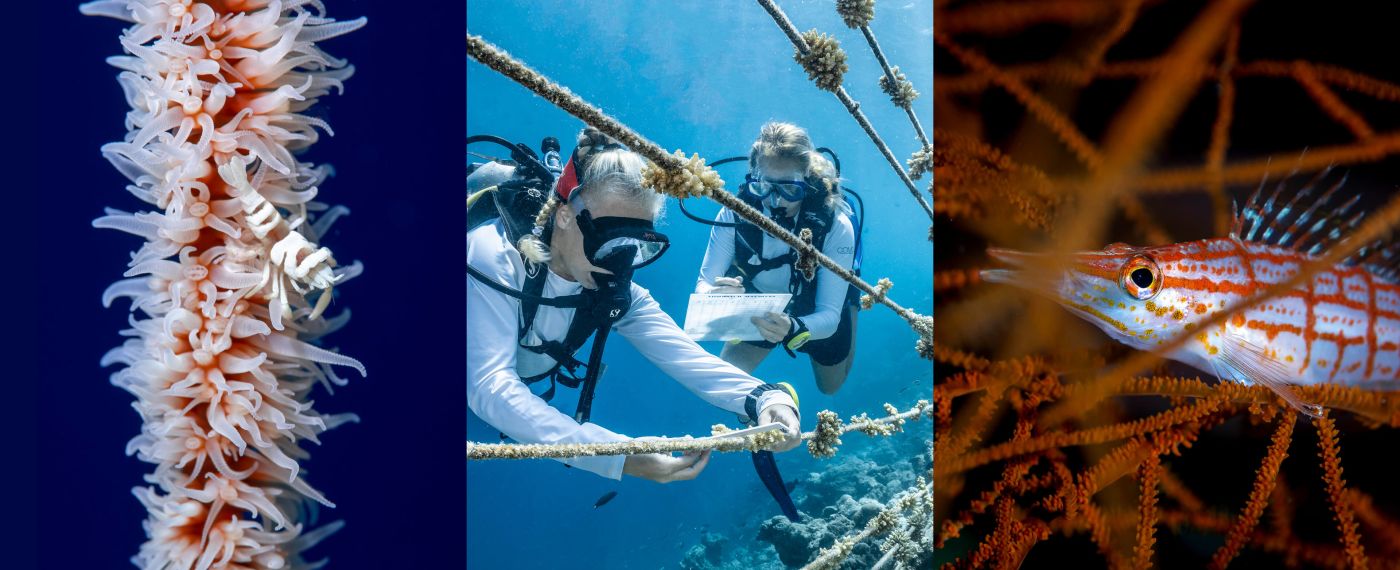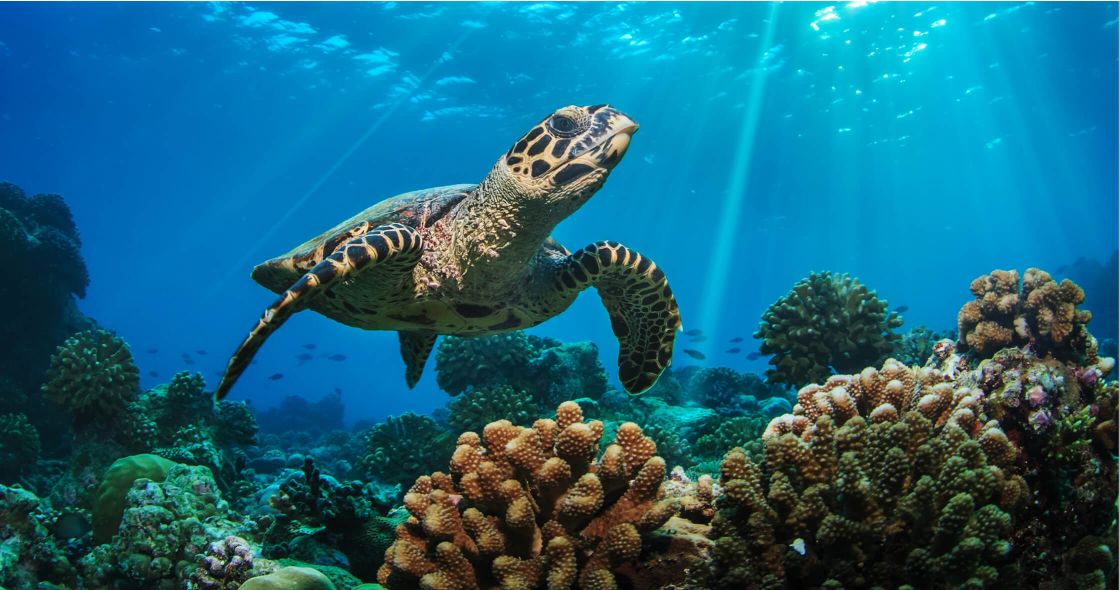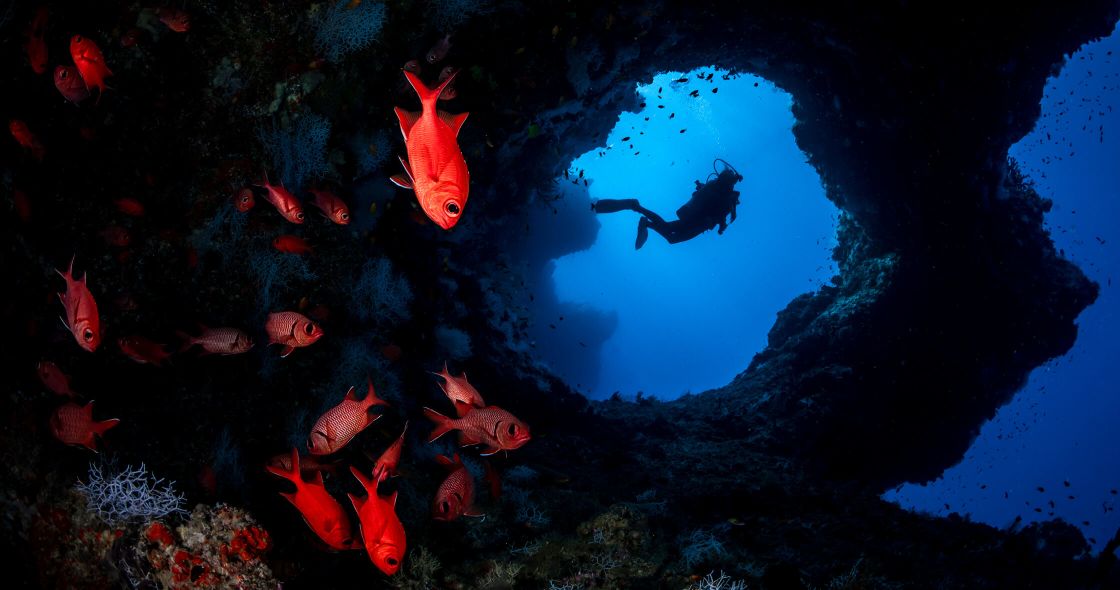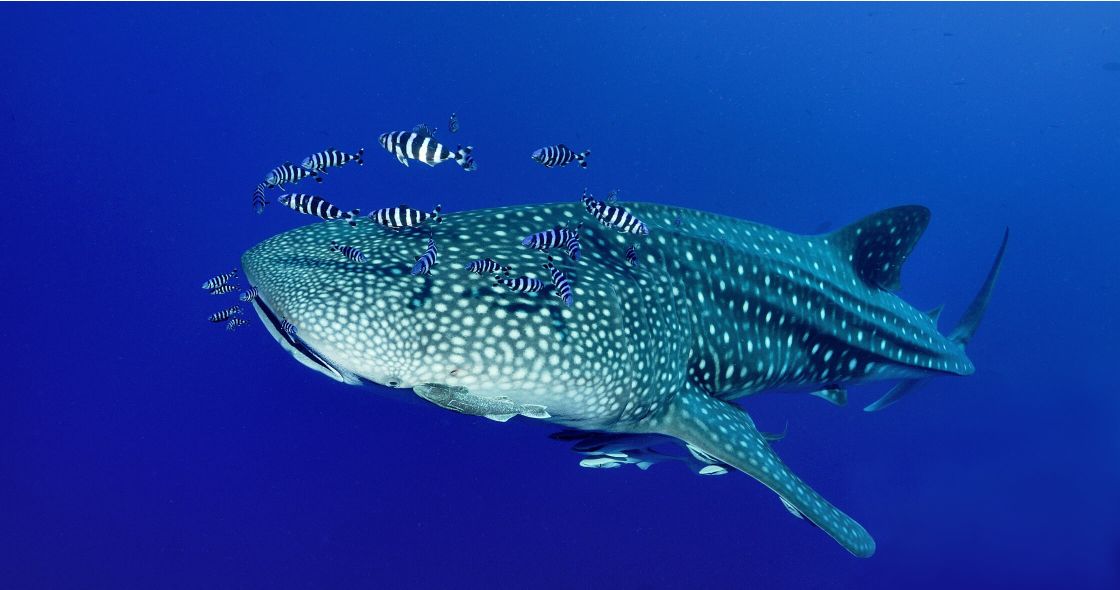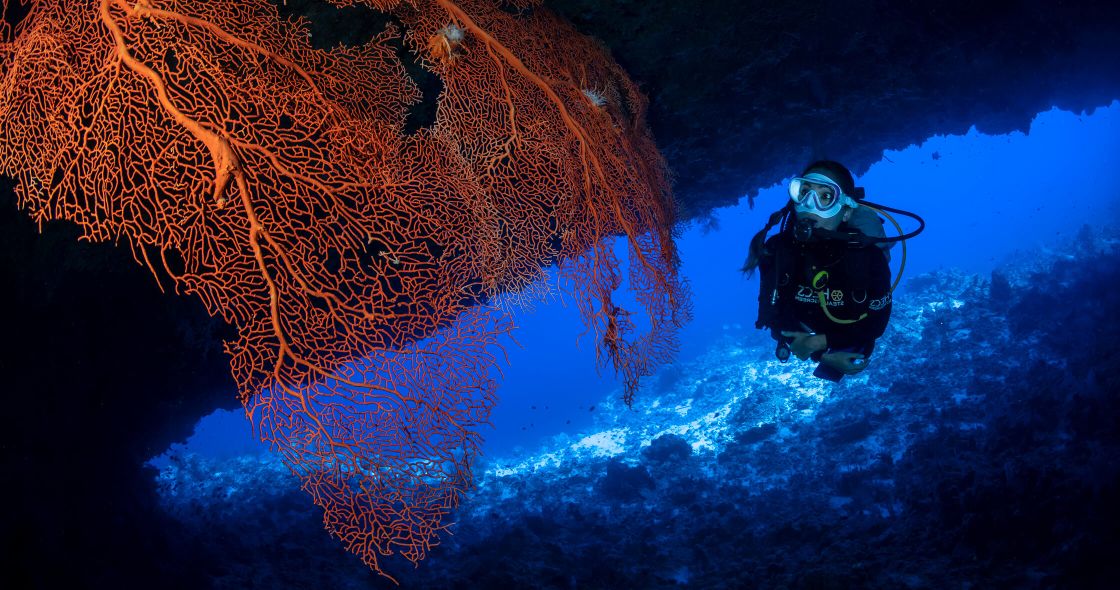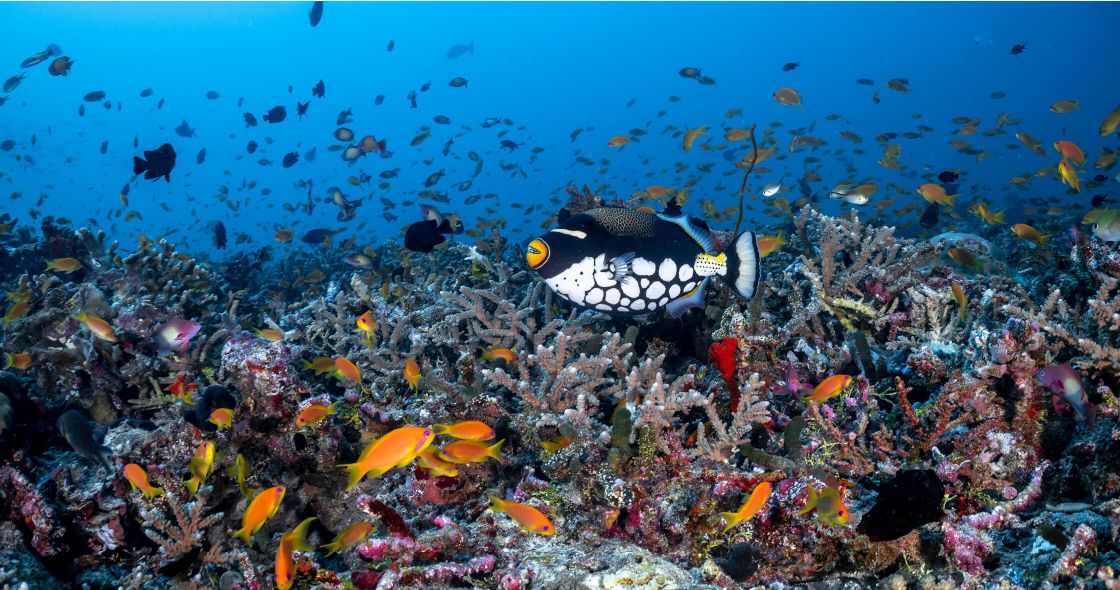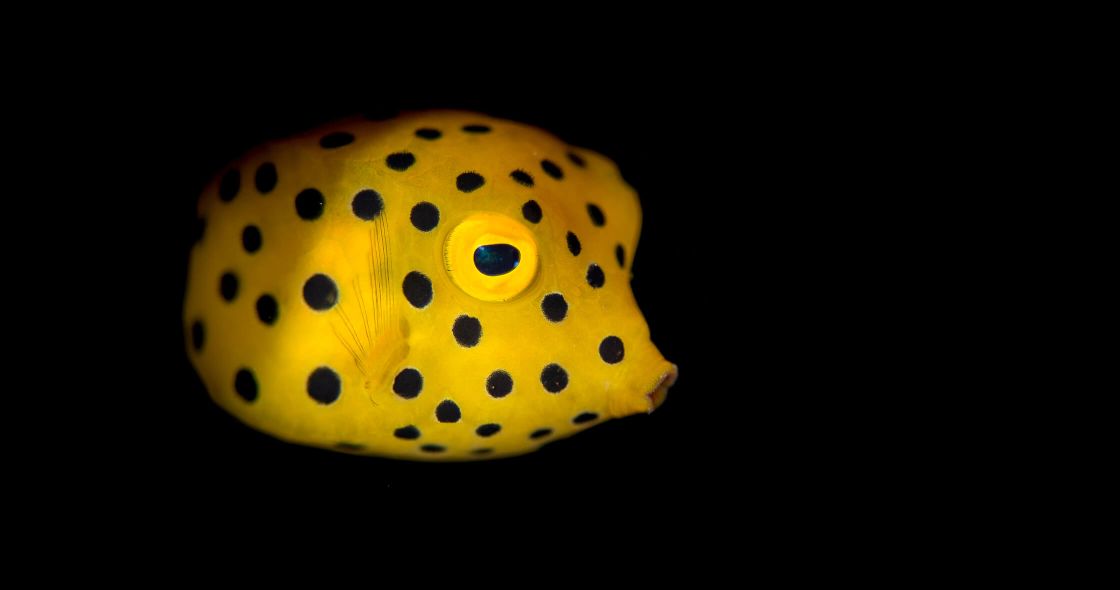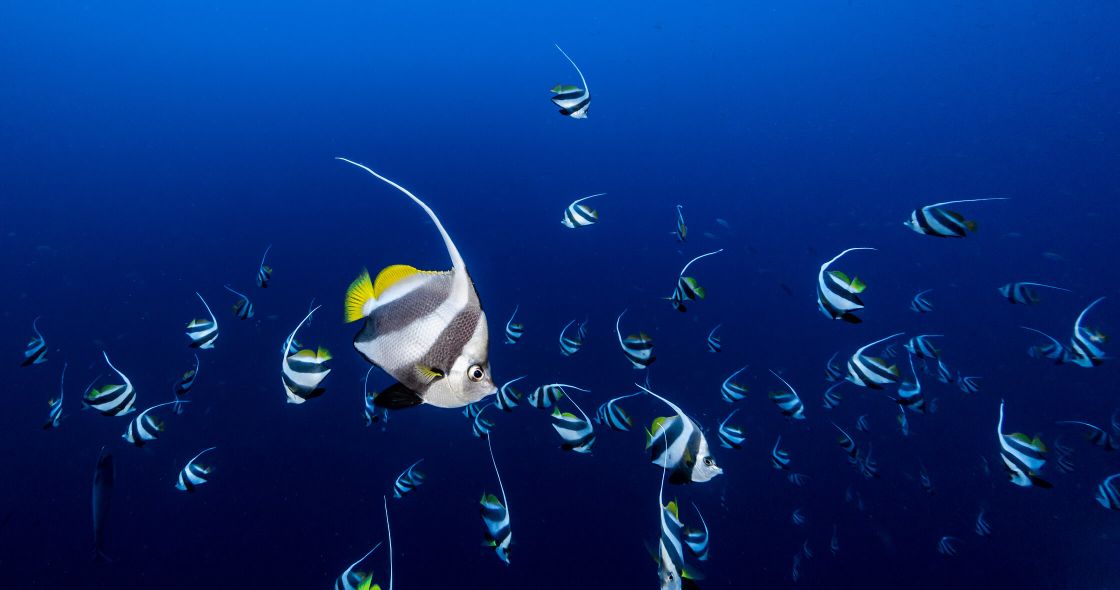What is the general state of the underwater environment around COMO Cocoa Island and COMO Maalifushi?
We’re lucky to be surrounded by some of the Maldives’ richest reefs and most pristine seas. But with that comes huge responsibility. We’re constantly monitoring data on the ecological state of our ocean so that we can put best conservation practices in place. We have a Sustainability Team, who pioneer initiatives from reef health-checks to monthly island clean-ups. We also partner with global networks such as Parley for the Oceans, recycling our limited plastic waste into other products so that ocean-bound plastics are intercepted.

